Hatten Sie schon einmal das Gefühl, nicht ganz zum Lager der „Introvertierten“ oder „Extrovertierten“ zu gehören?
Vielleicht genießen Sie es, Kontakte zu knüpfen und Gespräche zu führen, sehnen sich gleichzeitig aber nach Einsamkeit und fühlen sich nach langen gesellschaftlichen Zusammenkünften ausgelaugt.
Wenn das auf Sie zutrifft, sind Sie wahrscheinlich schon einmal auf den Begriff „ introvertiert/extrovertiert“ gestoßen .
Obwohl es sich bei dem Ausdruck nicht um eine offizielle Myers-Briggs-Kategorie handelt, identifizieren sich viele Menschen damit.
Mithilfe des Myers-Briggs-Persönlichkeitsmodells lässt sich verstehen, warum jemand das Gefühl haben kann, in beiden Welten zu leben – sich in sozialen Situationen wohlzufühlen, aber dennoch tief mit seiner inneren Welt verbunden zu sein.
In diesem Blog erklären wir, was es wirklich bedeutet, introvertiert und extrovertiert zu sein, wie der Myers-Briggs-Typenindikator ( MBTI ) diese Persönlichkeitsmischung erklärt, welche Anzeichen dafür vorliegen, dass Sie einer dieser Typen sind, und warum es tatsächlich eine Superkraft sein kann, dieses Paradoxon zu akzeptieren.
Was ist ein introvertierter Extrovertierter?
Ein introvertierter Extrovertierter ist im Wesentlichen jemand, der sich oberflächlich mit Extrovertiertheit identifiziert, aber starke introvertierte Züge aufweist, die in verschiedenen Kontexten zum Vorschein kommen. Stellen Sie sich das so vor, als wäre man in der Öffentlichkeit extrovertiert, im Privaten jedoch introvertiert.
Zum Beispiel:
-
Bei Brainstorming-Sitzungen in der Gruppe blühen Sie vielleicht auf, brauchen später aber einen ganzen Abend der Stille.
-
Vielleicht leiten Sie gern Präsentationen bei der Arbeit, meiden aber überfüllte Networking-Veranstaltungen.
-
Sie sind vielleicht kontaktfreudig gegenüber Freunden, aber schüchtern gegenüber Fremden.
Kurz gesagt: Sie sind nicht das eine oder das andere, sondern beides, je nach Situation.
Aus diesem Grund wenden sich viele Menschen der Myers-Briggs-Perspektive zu, die auf introvertierte und extrovertierte Menschen abzielt . Der MBTI hilft zu erklären, dass Persönlichkeit nicht schwarz und weiß ist. Vielmehr handelt es sich um ein Spektrum mit Nuancen, die verraten können, warum Sie sich manchmal wie zwei verschiedene Menschen fühlen.
Myers-Briggs: Die Grundlagen
Bevor wir tiefer eintauchen, fassen wir kurz zusammen, was der Myers-Briggs-Typenindikator (MBTI) ist. Der von Isabel Briggs Myers und Katharine Cook Briggs entwickelte MBTI ist eines der am häufigsten verwendeten Persönlichkeitsmodelle der Welt.
Es kategorisiert Menschen in 16 Persönlichkeitstypen, basierend auf vier Hauptdichotomien:
-
Introversion (I) vs. Extroversion (E) – Woher Sie Ihre Energie beziehen.
-
Empfinden (S) vs. Intuition (N) – Wie Sie Informationen aufnehmen.
-
Denken (T) vs. Fühlen (F) – Wie Sie Entscheidungen treffen.
-
Beurteilen (J) vs. Wahrnehmen (P) – Wie Sie Struktur und Organisation angehen.
Sie könnten beispielsweise ein ENFP (extrovertiert, intuitiv, fühlend, wahrnehmend) oder ein ISTJ (introvertiert, wahrnehmend, denkend, urteilend) sein.
Jeder Typ spiegelt unterschiedliche Verhaltens-, Motivations- und Energiemuster wider.
Der interessante Teil?
Auch wenn Ihr primärer Typ „extrovertiert“ ist, werden Sie in Ihrem Stapel immer introvertierte Funktionen haben, und hier beginnt die Idee des introvertierten Extrovertierten Sinn zu ergeben.
Wie Myers-Briggs den introvertierten Extrovertierten erklärt
Im MBTI bedeutet Extrovertiertheit nicht, dass man immer extrovertiert ist. Es bedeutet lediglich, dass die dominante mentale Funktion nach außen gerichtet ist. Introvertiertheit bedeutet nicht, dass man Menschen nicht mag; es bedeutet, dass die dominante mentale Funktion nach innen gerichtet ist.
Wie kommt es also, dass sich jemand wie beides fühlt?
Nehmen wir zwei Beispiele:
ENFP – Der enthusiastische Visionär
ENFPs werden oft als warmherzig, kontaktfreudig und energisch beschrieben. Sie lieben es, mit anderen in Kontakt zu treten und Ideen auszutauschen. Doch nach stundenlangem geselligem Beisammensein sind viele ENFPs völlig erschöpft. Das liegt daran, dass ihre introvertierte Gefühlsfunktion (Fi) einsetzt und sie Ruhe brauchen, um ihre Gefühle und Werte zu ordnen.
ENTJ – Der kommandierende Anführer
ENTJs sind mutige, durchsetzungsstarke und natürliche Anführer. Sie wirken sehr extrovertiert, verlassen sich aber auch auf ihre introvertierte Intuition (Ni) , die sie dazu bringt, sich zurückzuziehen und intensiv über Strategie, Bedeutung und zukünftige Möglichkeiten nachzudenken.
In beiden Fällen trifft die Bezeichnung „extrovertiert“ zu, doch die introvertierten Eigenschaften gleichen das Ganze aus. Deshalb bezeichnen sich diese Personen oft selbst als introvertierte Extrovertierte, also als Myers-Briggs -Typen.
Anzeichen dafür, dass Sie ein introvertierter Extrovertierter sein könnten
Sie sind sich nicht sicher, ob Sie in diese Kategorie fallen? Hier sind einige verräterische Anzeichen:
-
Sie lieben Menschen, brauchen aber auch Freiraum. Geselligkeit begeistert Sie, aber Ihre „soziale Batterie“ ist schneller leer, als die Leute erwarten.
-
Sie wechseln die Rollen je nach Kontext. Bei der Arbeit führen Sie vielleicht selbstbewusst, aber auf einer großen Party halten Sie sich lieber zurück.
-
Sie haben Energieschübe. Sie können der Mittelpunkt der Party sein, bis Sie plötzlich bereit sind zu gehen.
-
Sie werden missverstanden. Die Leute halten Sie für extrovertiert, aber Ihr Bedürfnis nach Zeit für sich allein überrascht sie.
-
Sie legen Wert auf Tiefe statt auf Breite. Sie lernen gerne neue Leute kennen, sehnen sich aber mehr nach bedeutungsvollen Einzelgesprächen als nach Smalltalk.
Wenn diese Punkte auf Sie zutreffen, ist die introvertierte, extrovertierte Myers-Briggs -Perspektive wahrscheinlich eine hilfreiche Methode, sich selbst zu verstehen.
Gängige Mythen über introvertierte Extrovertierte
Da der Begriff im MBTI nicht offiziell ist, sorgt er oft für Verwirrung. Lassen Sie uns ein paar Mythen aufklären:
-
Mythos 1: Es bedeutet, dass Sie ein Ambivertierter sind.
Nicht ganz. Ein Ambivertierter ist jemand, der genau in der Mitte des Spektrums zwischen Introversion und Extraversion liegt. Ein introvertierter Extrovertierter hingegen identifiziert sich meist eher mit der Extraversion, hat aber ausgeprägte introvertierte Bedürfnisse. -
Mythos 2: Es ist ein Widerspruch.
Es mag widersprüchlich klingen, aber Myers-Briggs zeigt uns, dass Persönlichkeiten vielschichtig sind. Beide Tendenzen zu haben ist nicht nur normal, sondern auch vorteilhaft. -
Mythos 3: Sie sind sich nicht sicher, wer Sie sind.
Ein introvertierter Extrovertierter zu sein, bedeutet nicht Verwirrung, sondern Komplexität. Sie passen sich dem Kontext an, und das ist eine Stärke.
Warum es eine Stärke ist, introvertiert und extrovertiert zu sein
Weit davon entfernt, eine Schwäche zu sein, bietet Ihnen dieses Mittelmaß einzigartige Vorteile:
-
Flexibilität – Sie können sowohl in Gruppen- als auch in Einzelsituationen erfolgreich sein.
-
Empathie – Sie verstehen sowohl den extrovertierten Extrovertierten als auch den nachdenklichen Introvertierten.
-
Ausgeglichenheit – Sie wissen, wann Sie sich engagieren und wann Sie sich zurückziehen müssen, um ein Burnout zu vermeiden.
-
Anpassungsfähigkeit – Am Arbeitsplatz können Sie ein Team leiten, sich aber auch intensiv in unabhängige Projekte vertiefen.
In der heutigen Welt, in der Kommunikation und Reflexion gleichermaßen geschätzt werden, ist es ein echter Vorteil, introvertiert und extrovertiert zu sein.
Neugierig, wie jemand gerne unter Menschen ist und sich dennoch nach Zeit für sich allein sehnt? Willkommen in der paradoxen Welt des introvertierten Extrovertierten – einer Myers-Briggs-Persönlichkeit, die die Wärme der Extrovertiertheit mit introspektiver Tiefe verbindet.
Warum es zu neuroVIZR gehört
neuroVIZR- Gehirntrainingsgeräte ermöglichen es Nutzern, ihre mentalen Zustände durch immersive, neurotechnologisch gesteuerte Sitzungen zu harmonisieren. Dies deckt sich wunderbar mit der Erkenntnis, wie introvertierte Extrovertierte sowohl mit dem externen Geplapper sozialer Energie als auch mit dem inneren Bedürfnis nach ruhiger Reflexion umgehen. Ihr Artikel liefert neue Erkenntnisse zu ihrer Reise zur geistigen Gesundheit und passt perfekt zu neuroVIZRs Mission der achtsamen kognitiven Balance.
Abschließende Gedanken
Auf den ersten Blick mag der Begriff „introvertiert/extrovertiert“ (Myers-Briggs) wie ein Widerspruch erscheinen. Doch bei genauerem Hinsehen spiegelt er die Tatsache wider, dass die Persönlichkeit nicht starr ist. Wir sind dynamisch, vielschichtig und in der Lage, in unterschiedlichen Umgebungen zu gedeihen.
Wenn Sie sich als introvertierter Extrovertierter identifizieren, akzeptieren Sie das. Es bedeutet, dass Sie nicht auf eine Seinsweise beschränkt sind, sondern sich voll und ganz auf die Welt einlassen und gleichzeitig Ihre innere Welt schützen können. Und diese Balance macht Sie sowohl sympathisch als auch belastbar.
FAQs
Welcher MBTI-Typ ist am seltensten?
Der seltenste MBTI-Typ ist allgemein der INFJ (Introvertiert, Intuitiv, Fühlend, Urteilend) . Er macht nur etwa 1–2 % der Bevölkerung aus. INFJs werden oft als einfühlsam, empathisch und äußerst intuitiv beschrieben. Ihre Seltenheit beruht auf ihrer einzigartigen Kombination aus Introvertiertheit mit einem starken Fokus auf Intuition und persönlichen Werten.
Welcher MBTI ist sowohl introvertiert als auch extrovertiert?
Technisch gesehen ist kein MBTI-Typ „beides“, da das System Menschen entweder als introvertiert (I) oder extrovertiert (E) klassifiziert. Viele Menschen identifizieren sich jedoch als introvertiert-extrovertierter Myers-Briggs -Typ oder als extrovertiert-introvertiert , da jede MBTI-Persönlichkeit sowohl introvertierte als auch extrovertierte Eigenschaften umfasst. Beispielsweise ist ein ENFP insgesamt extrovertiert, aber sein sekundäres introvertiertes Gefühl (Fi) sehnt ihn nach ruhiger, besinnlicher Zeit, wodurch ein Gleichgewicht beider Eigenschaften entsteht.
Wie nennt man einen introvertierten Extrovertierten?
„ Introvertiert-extrovertiert“ ist keine offizielle MBTI-Bezeichnung, sondern oft eine andere Bezeichnung für jemanden, der sich ambivertiert fühlt . Ein Ambivertierter ist jemand, der zwischen Introversion und Extroversion angesiedelt ist und je nach Situation Merkmale beider Typen aufweist. Die Myers-Briggs-Perspektive erklärt dies, indem sie zeigt, dass selbst extrovertierte Typen auf introvertierte mentale Funktionen angewiesen sind, weshalb sich jemand selbst als „introvertiert-extrovertiert“ bezeichnen könnte.
Welche 4 Typen von Extrovertierten gibt es?
Obwohl Myers-Briggs Extrovertierte nicht offiziell in vier Kategorien einteilt, beschreiben Psychologen und Persönlichkeitsforscher Extrovertierte manchmal auf diese vier Arten:
-
Affiliative Extrovertierte – Gedeihen durch den Aufbau enger, persönlicher Beziehungen.
-
Agentische Extrovertierte – zielstrebig, durchsetzungsstark und auf Führung oder Leistung fokussiert.
-
Ausdrucksstarke Extrovertierte – kontaktfreudig, gesprächig und enthusiastisch in sozialen Situationen.
-
Hemmungslose Extrovertierte – mutig, risikofreudig und abenteuerlustig.

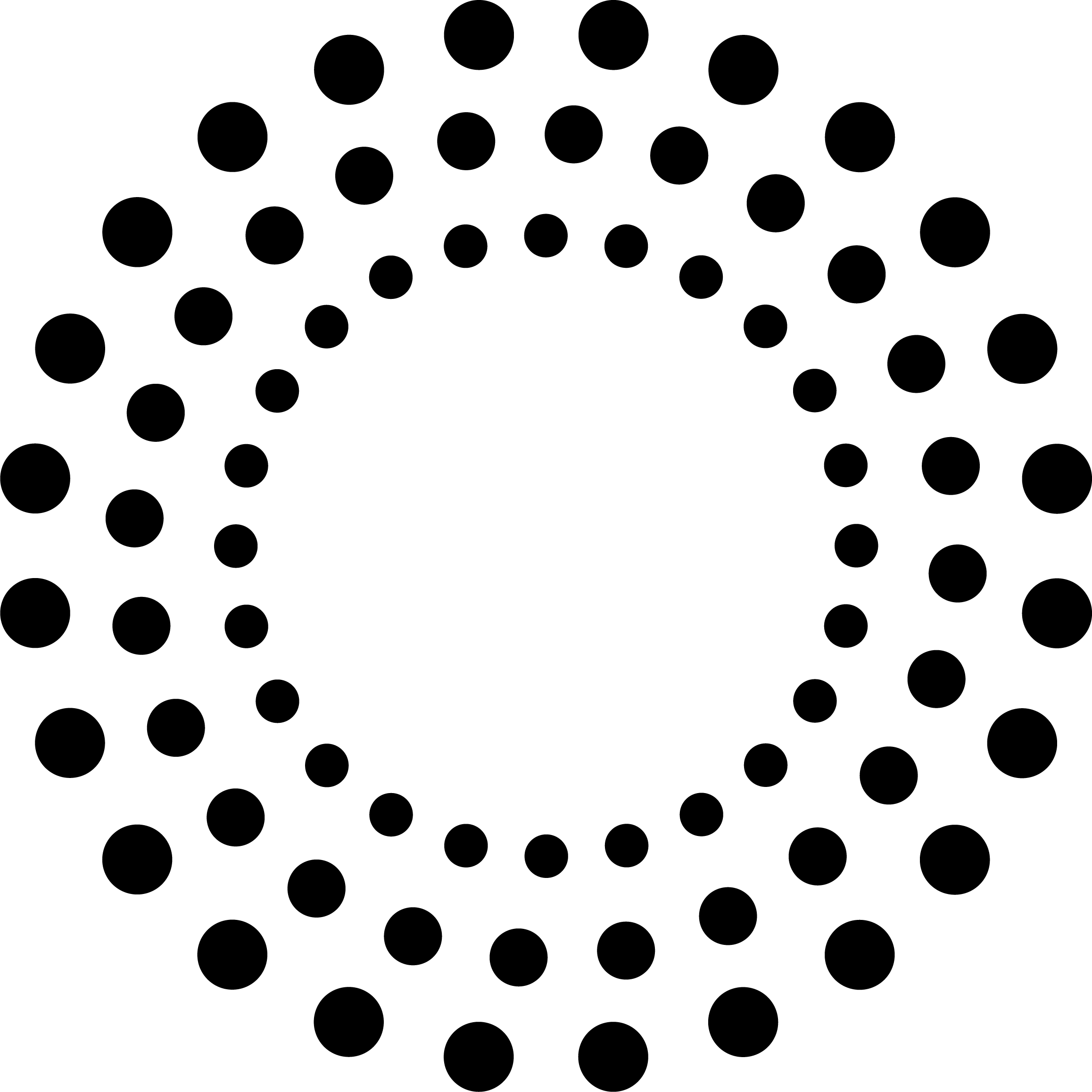

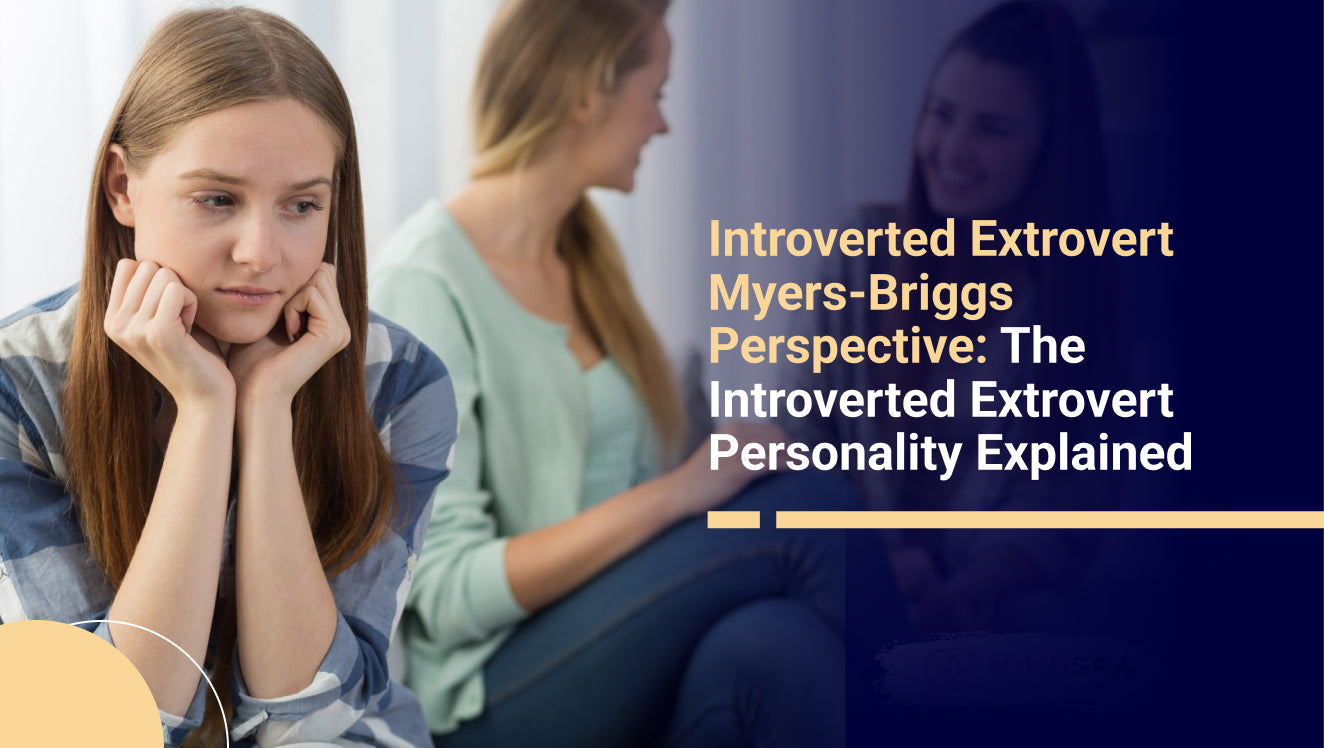






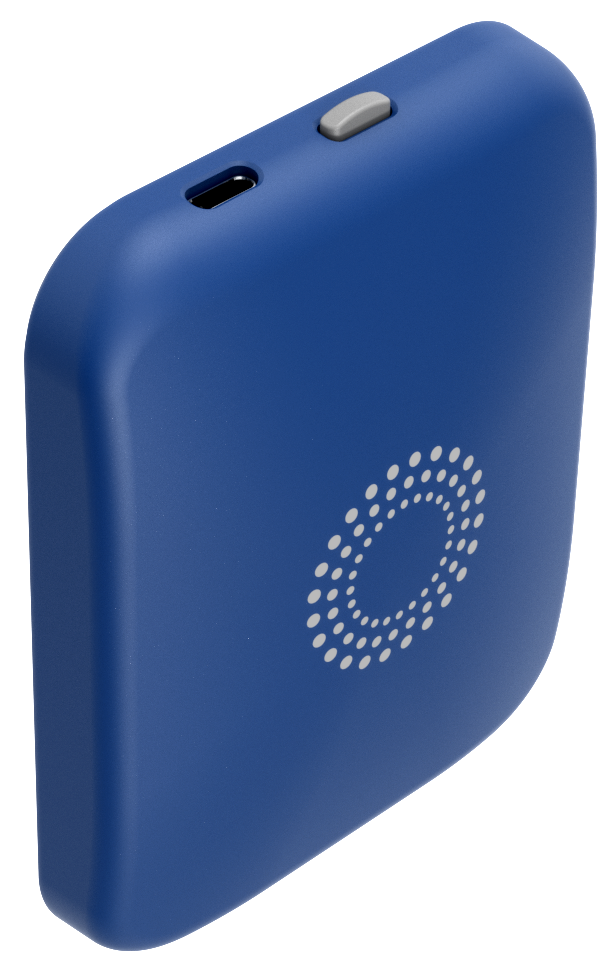
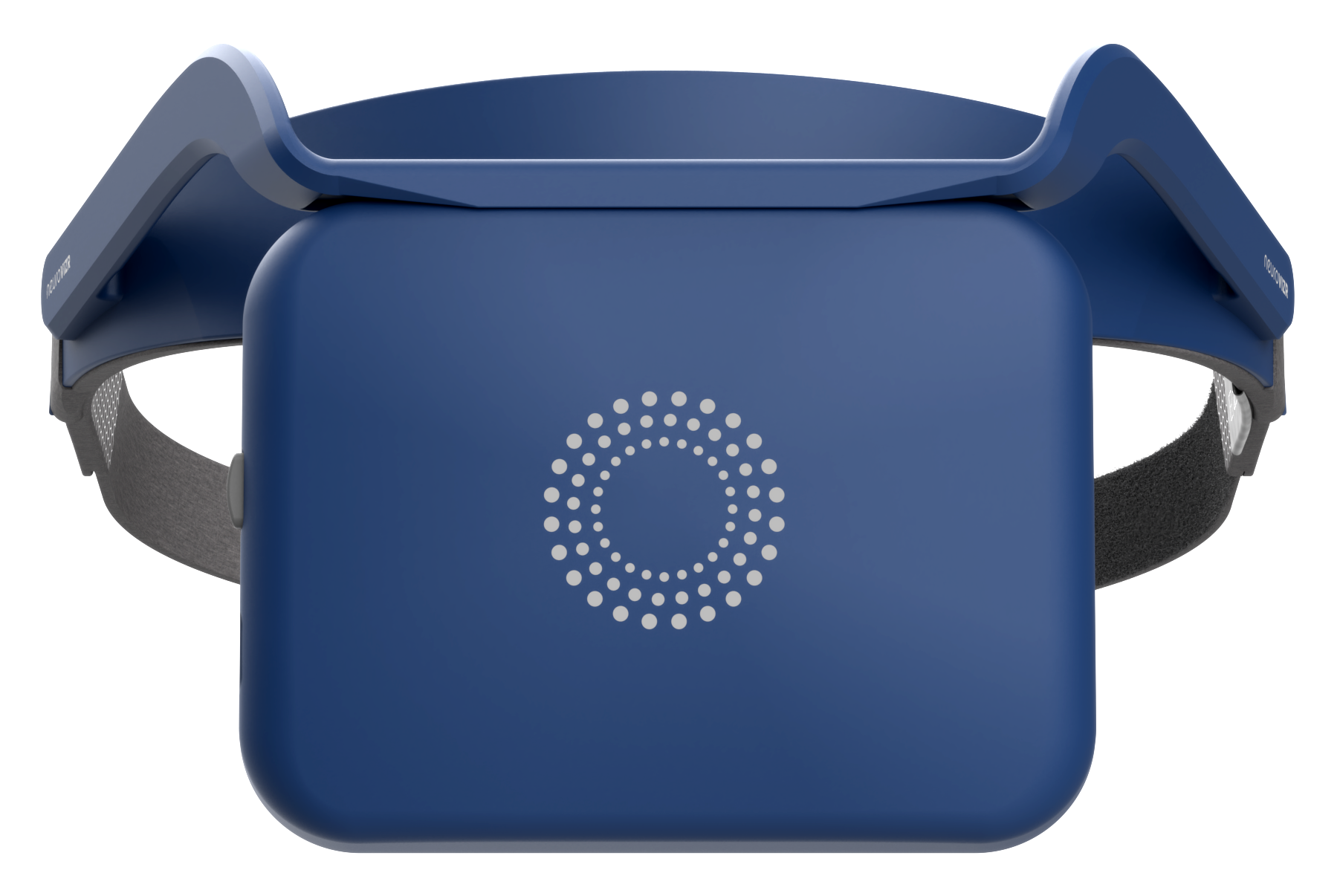
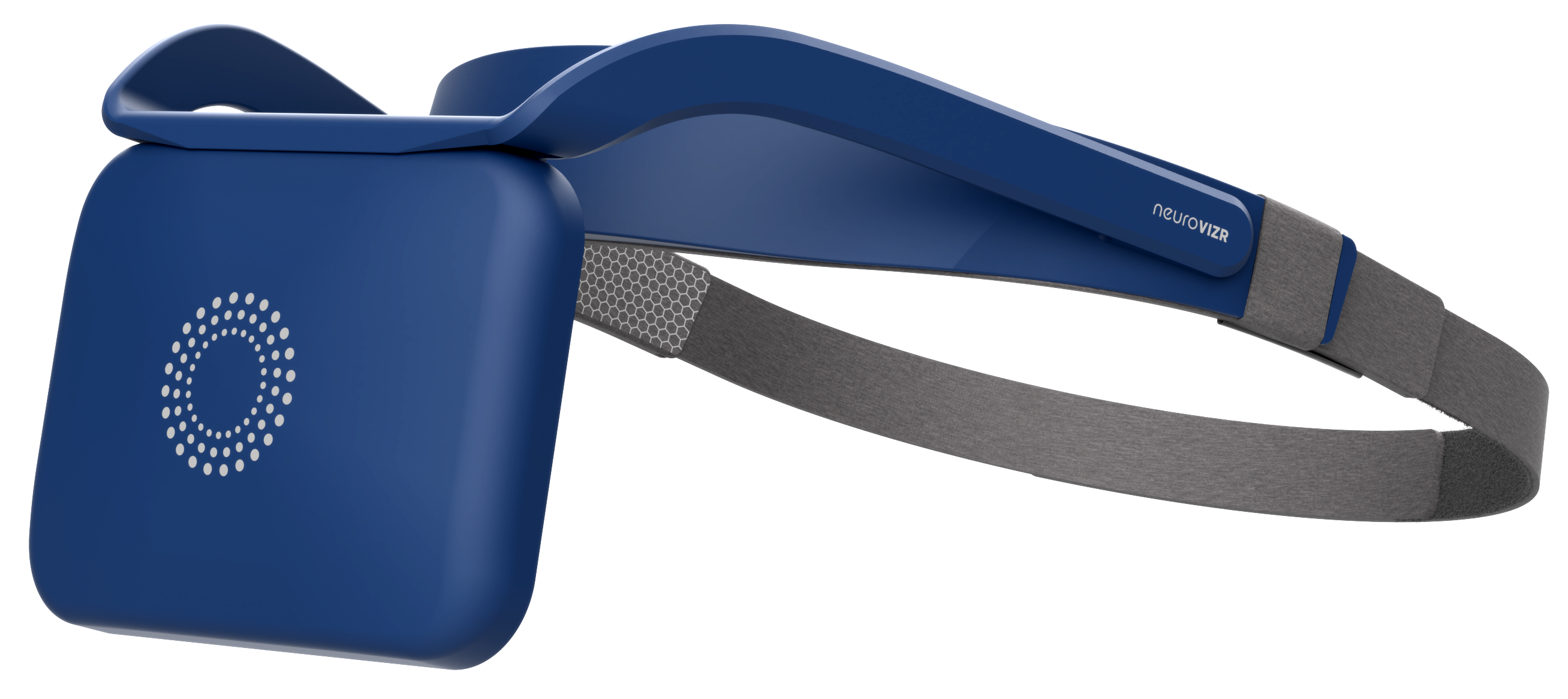
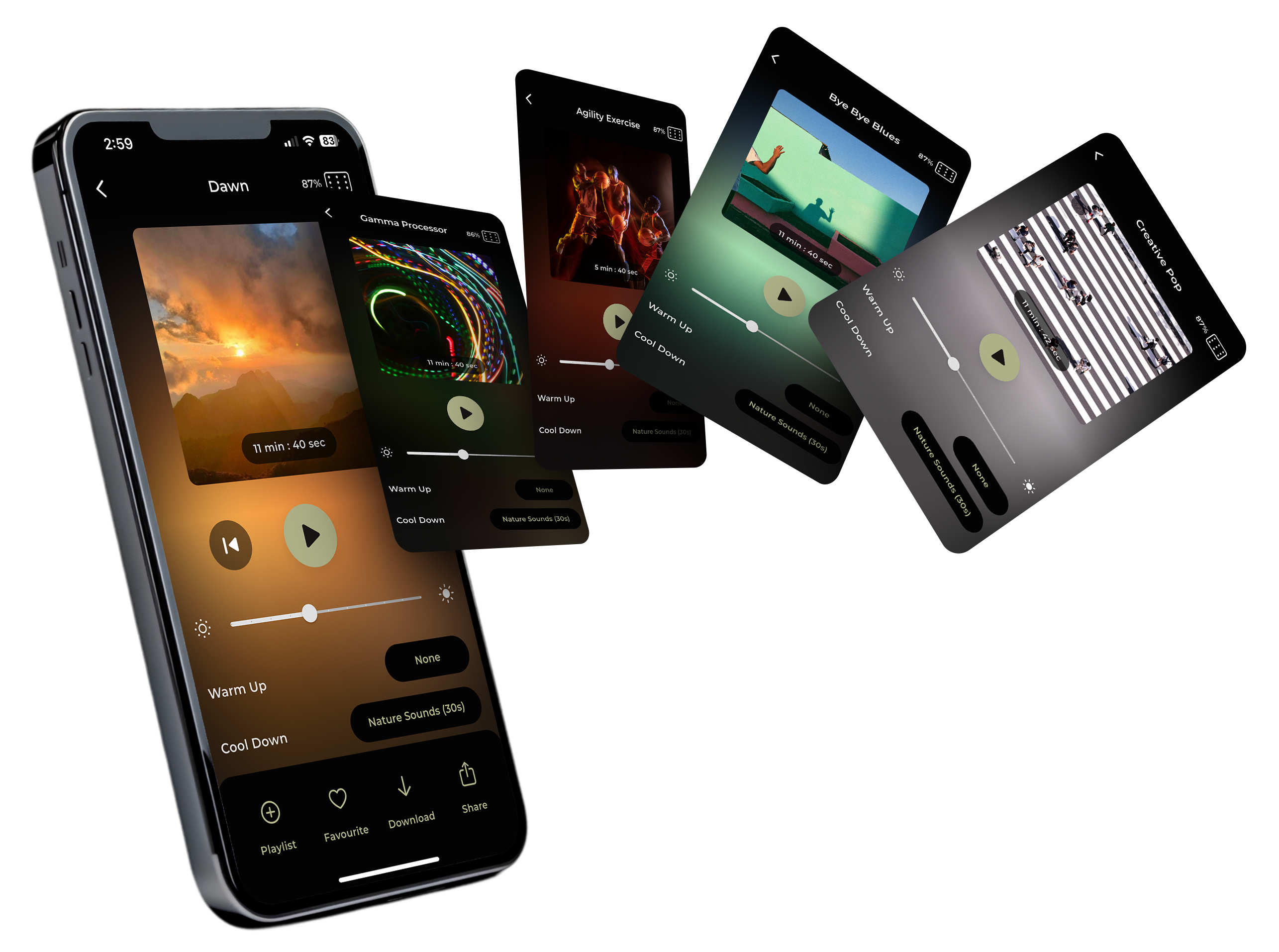
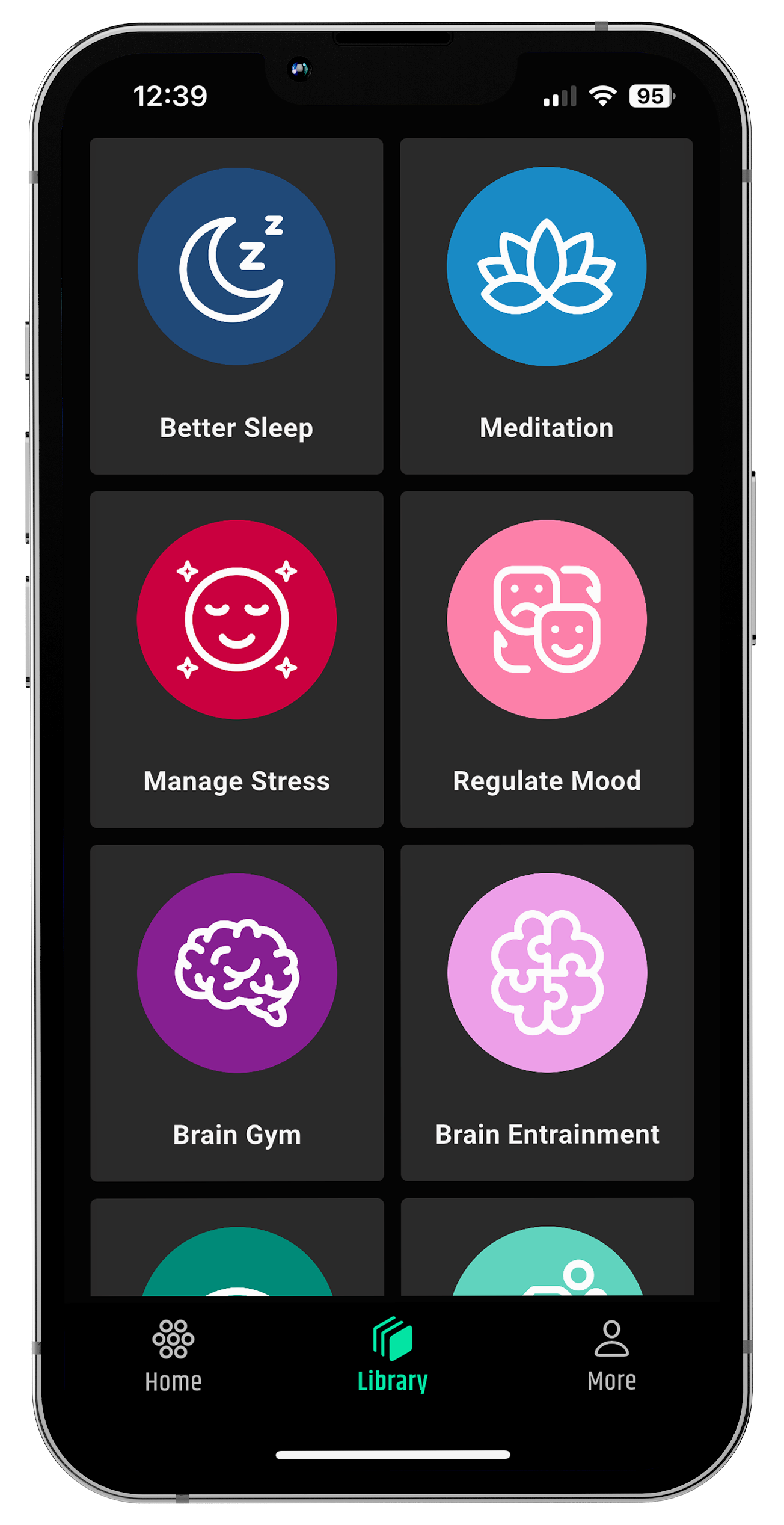

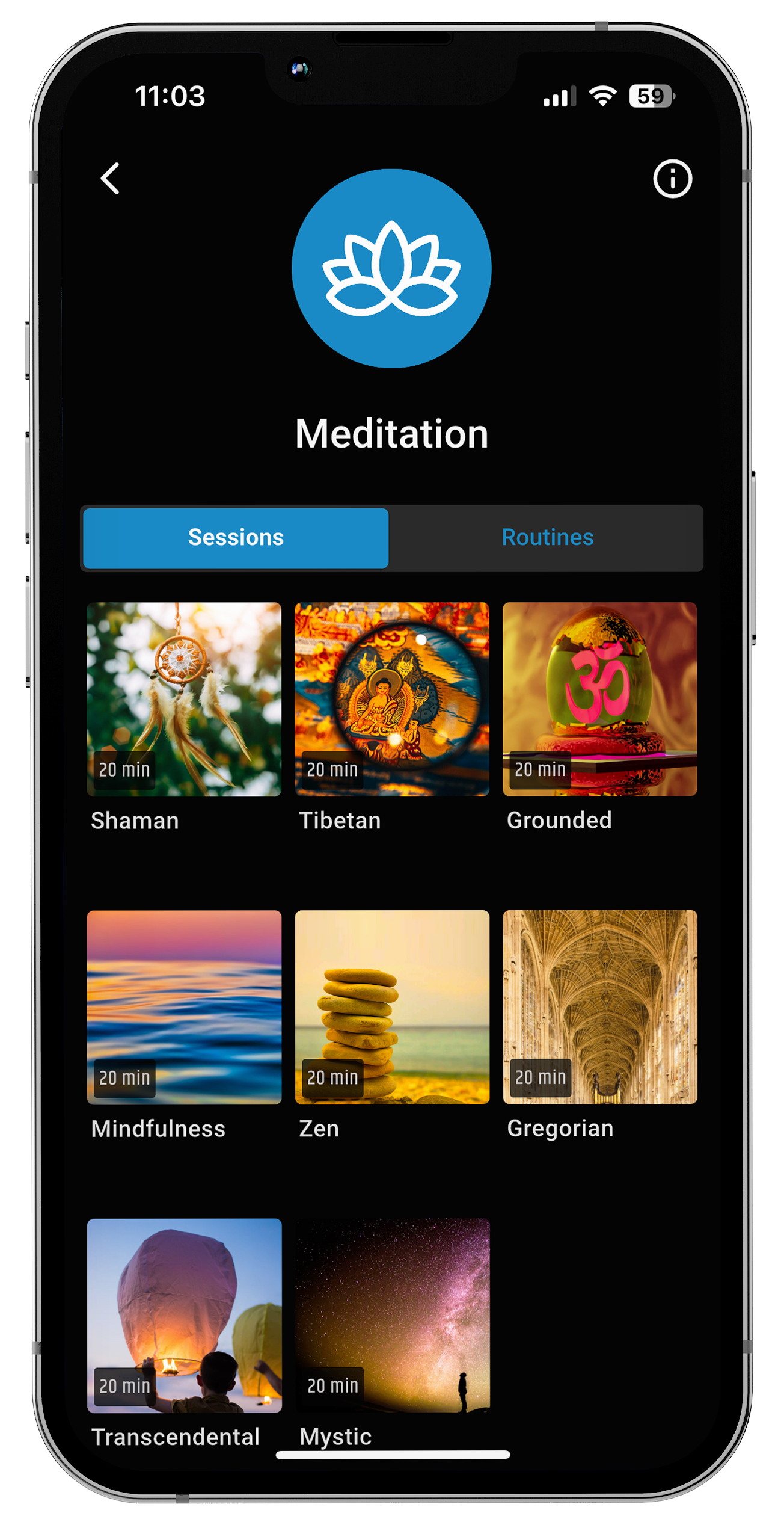
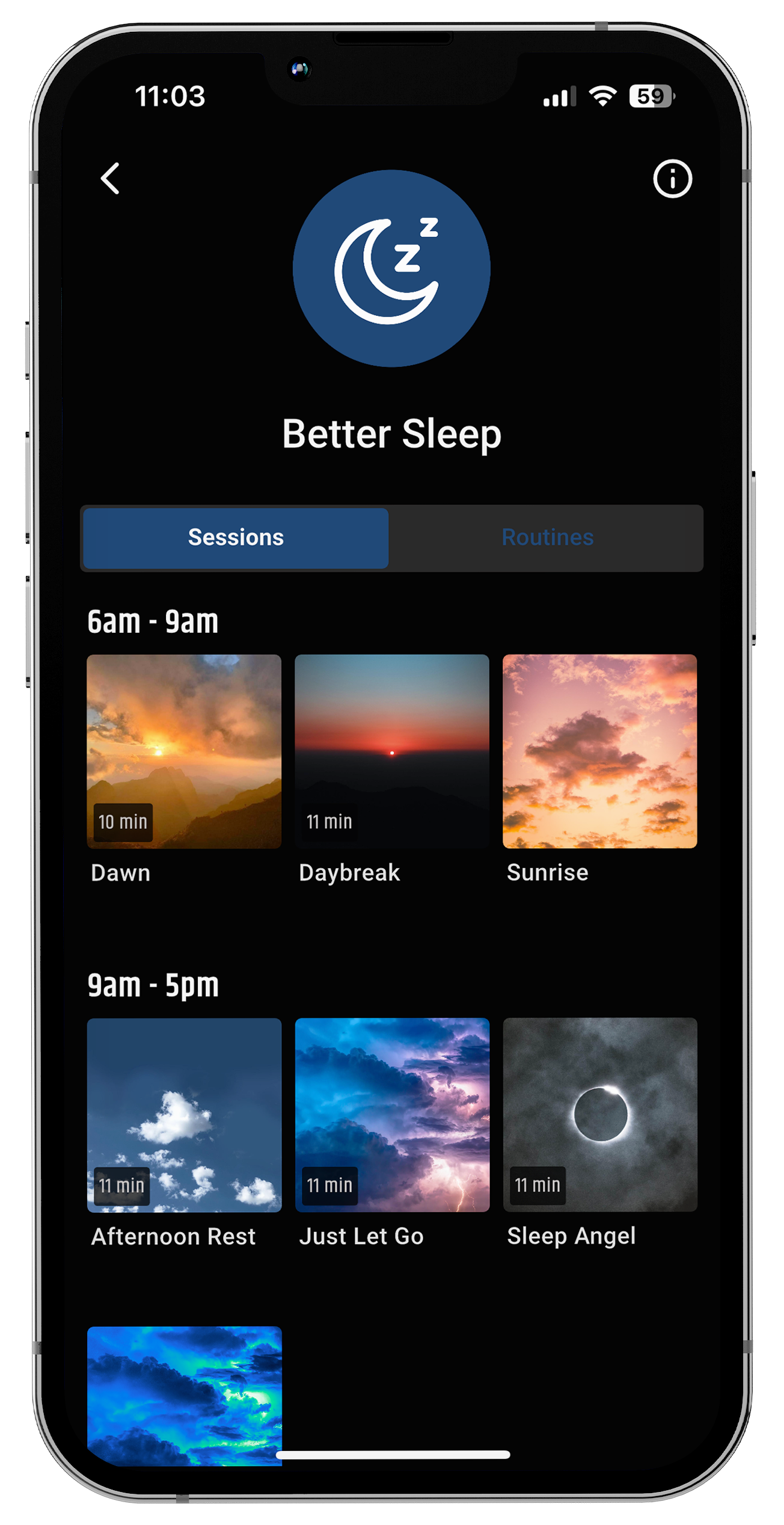

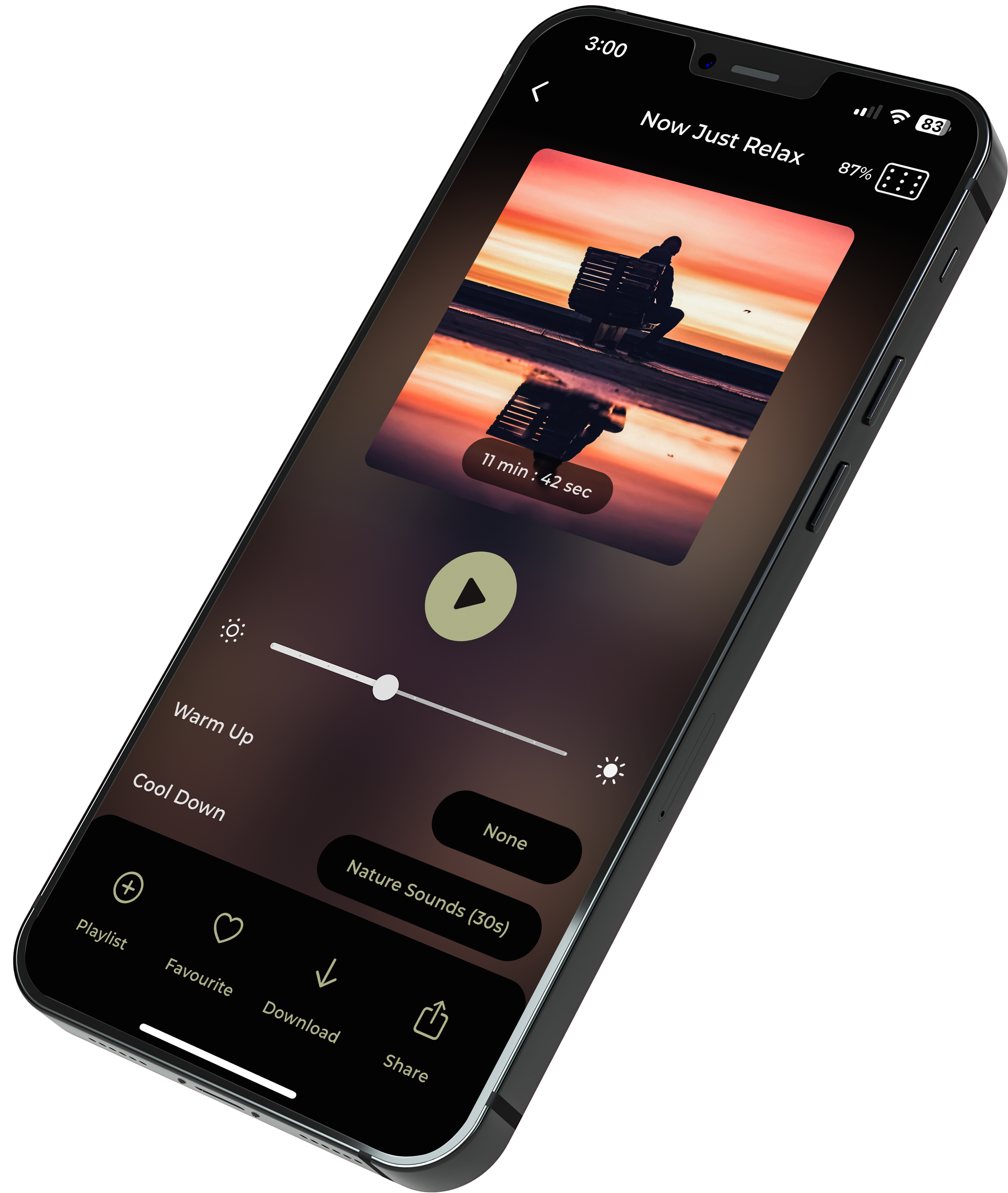


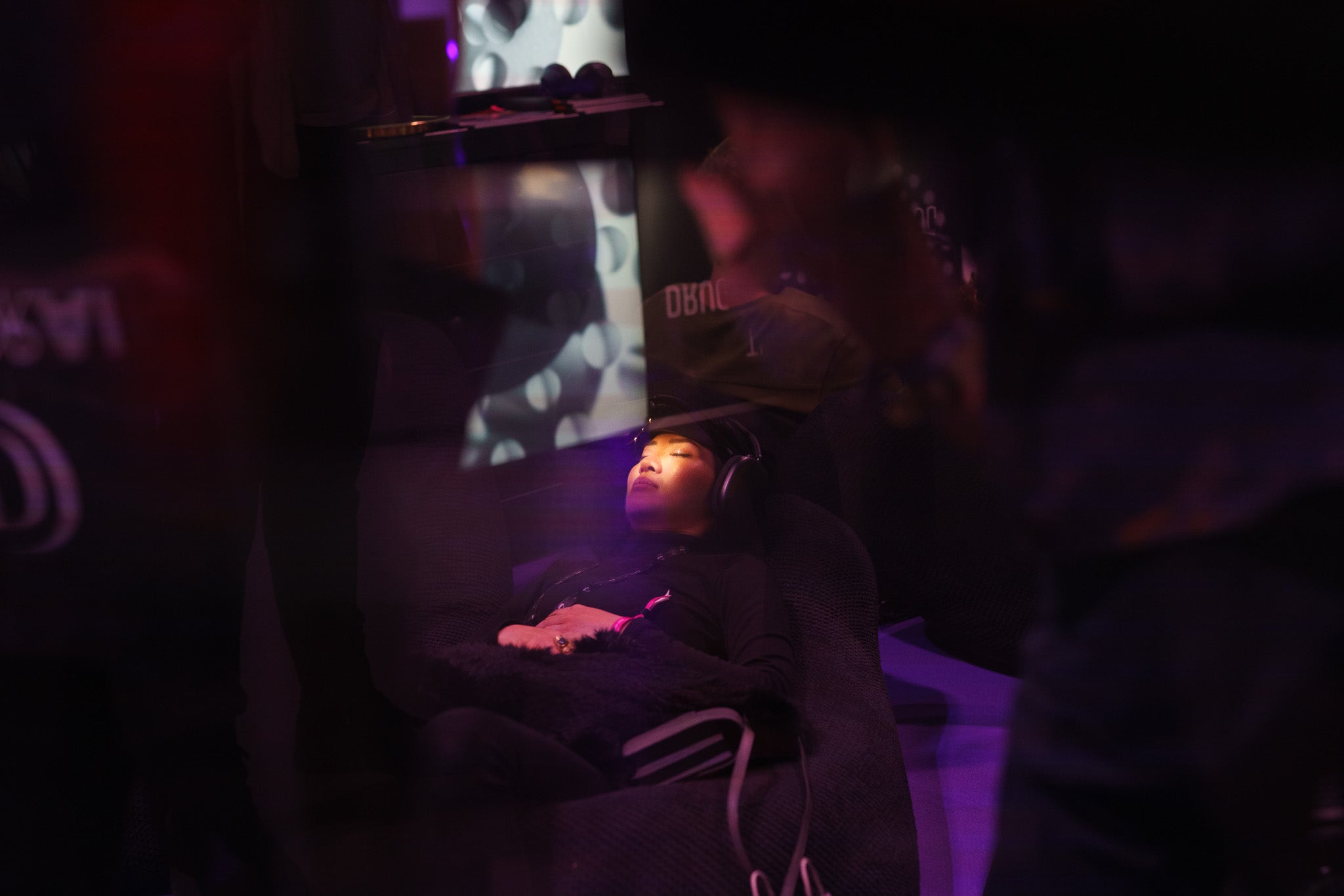



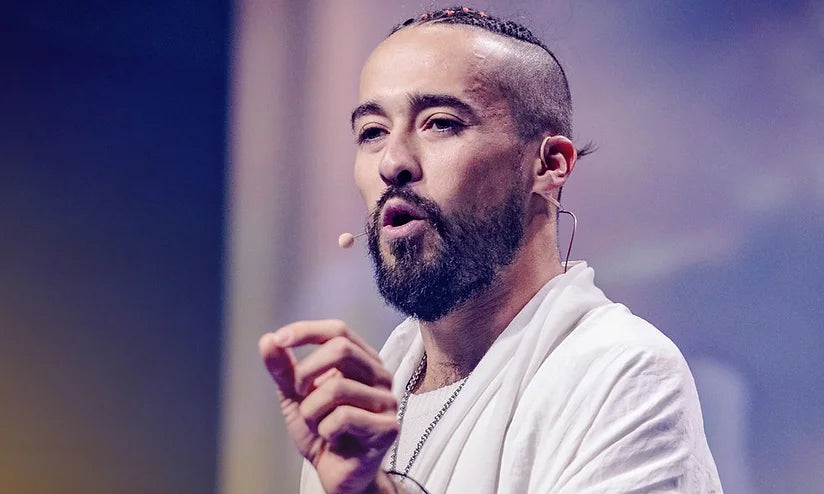

Teilen:
INTP vs. INTJ: Ein vollständiger Persönlichkeitsvergleich
ESTP- und INFJ-Kompatibilität: Stärken, Herausforderungen und Beziehungseinblicke